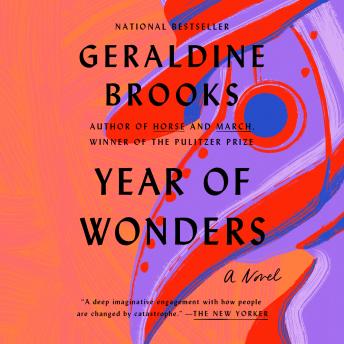
By August 1666, there were six deaths a day and entire families were wiped out. When the plague returned the next summer, the minister told his parishioners that the village must be quarantined. It throws a light on what is happening today, where scientific ignorance is promoted globally as an economic imperative (saving the market, saving profits), even though the knowledge exists to eliminate the pandemic.Įyam Village Green and Church Street, Derbyshire. Our current experience of COVID-19 makes Brooks’ novel very readable. The Anglican minister and the Puritan, however, collaborated to persuade the parish to voluntarily agree to quarantine the village and prevent the plague from spreading to the surrounding countryside.

The Act was imposed after the restoration of the British monarchy in 1660, following the English Civil War and the Puritan revolution. His predecessor, a Puritan, was removed from this position after refusing to abide by the religious Act of Uniformity by Charles II’s government. You’re in the thick of the wars of religion but they came together to lead the community through this thing.” īrook was referring to the fact that Eyam’s village minister was an Anglican.



In a 2020 interview about the book with the American-Australia Association, Brooks explained the extensive research she conducted before attempting this turn to historical fiction, her first novel.Īsked about comparisons with today’s pandemic, she says: “The narrow lesson is the extent of leadership in that village by the young minister and his predecessor. Extant records indicating how a small village faced the bubonic plague, rather than a large city such as London, provide Brooks with material about 17th century English society, and the relation between the emergence of natural science and then current religious orthodoxy and superstition.


 0 kommentar(er)
0 kommentar(er)
